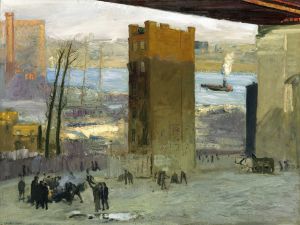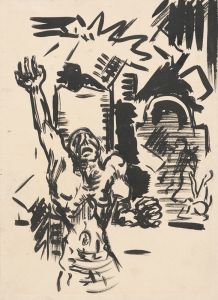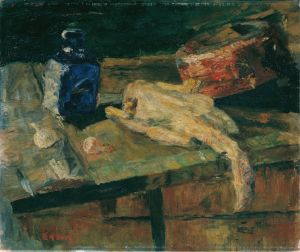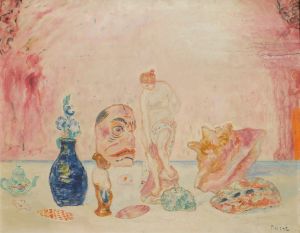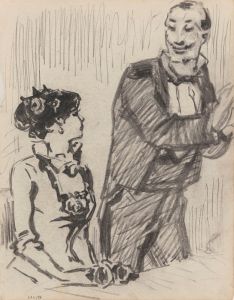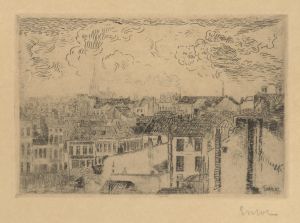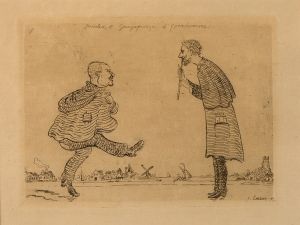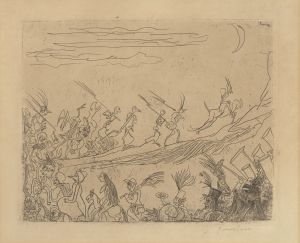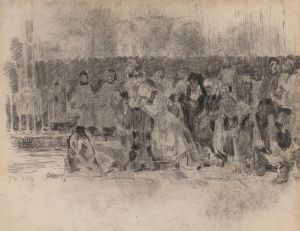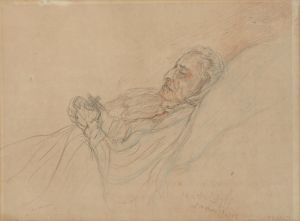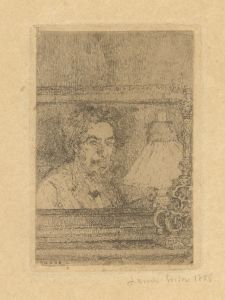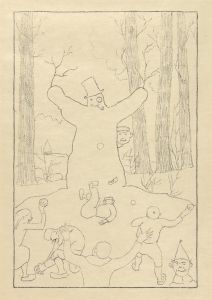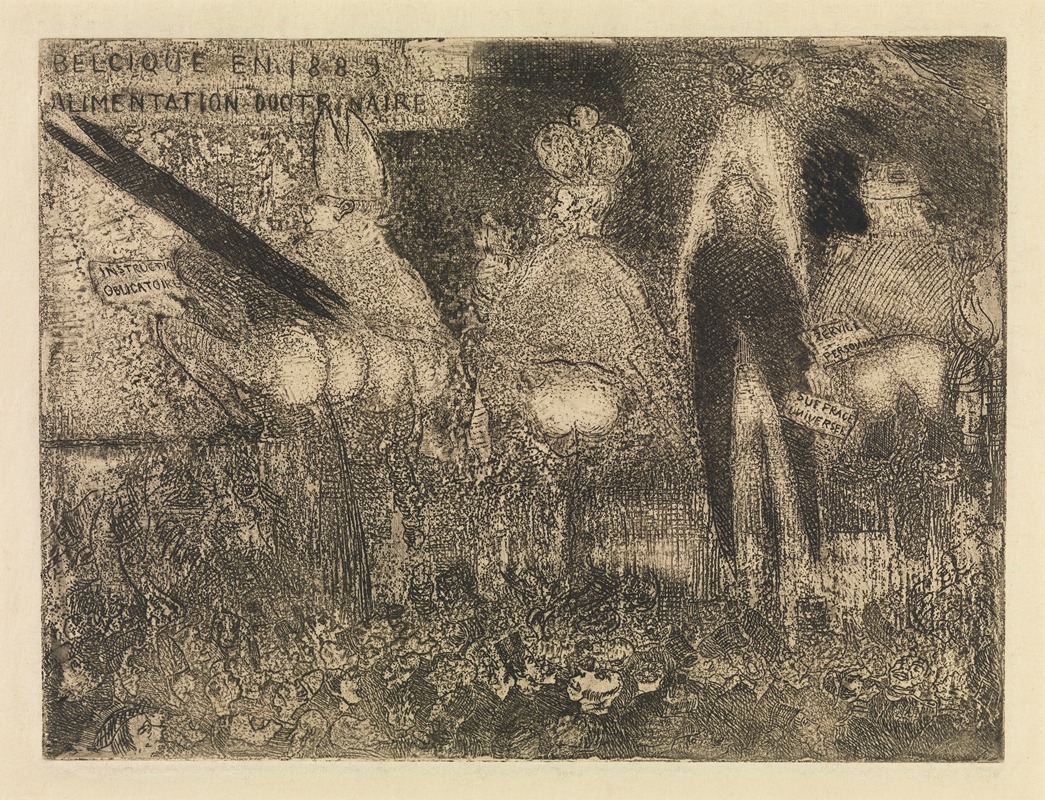
Doctrinal Nourishment
A hand-painted replica of James Ensor’s masterpiece Doctrinal Nourishment, meticulously crafted by professional artists to capture the true essence of the original. Each piece is created with museum-quality canvas and rare mineral pigments, carefully painted by experienced artists with delicate brushstrokes and rich, layered colors to perfectly recreate the texture of the original artwork. Unlike machine-printed reproductions, this hand-painted version brings the painting to life, infused with the artist’s emotions and skill in every stroke. Whether for personal collection or home decoration, it instantly elevates the artistic atmosphere of any space.
James Ensor's painting "Doctrinal Nourishment" is a notable work by the Belgian artist, who is renowned for his unique style that often incorporates elements of satire, symbolism, and a vivid use of color. Ensor, born in 1860 in Ostend, Belgium, was a pivotal figure in the transition from 19th-century realism to 20th-century expressionism and surrealism. His works frequently explore themes of mortality, religion, and the absurdity of societal norms.
"Doctrinal Nourishment," created in 1889, is a striking example of Ensor's critical perspective on religious and societal institutions. The painting is characterized by its bold, expressive brushwork and a composition that is both chaotic and meticulously detailed. Ensor's use of color is particularly noteworthy; he employs a palette that is both vibrant and unsettling, which serves to enhance the painting's thematic content.
The painting depicts a scene that is both grotesque and allegorical. At the center, a group of figures is engaged in a ritualistic act that appears to critique the consumption of religious doctrine. Ensor's depiction of these figures is intentionally exaggerated and caricatured, a common technique in his work that underscores the absurdity he perceives in blind adherence to dogma. The figures are surrounded by a chaotic array of symbols and objects, each contributing to the painting's overall commentary on the nature of belief and indoctrination.
Ensor's work often reflects his personal experiences and the cultural milieu of his time. Living in a predominantly Catholic country, Ensor was critical of the church's influence on society and the individual. "Doctrinal Nourishment" can be seen as a visual manifestation of this critique, using satire to question the role of religious institutions in shaping thought and behavior.
The painting also reflects Ensor's broader artistic influences and interests. He was inspired by the works of earlier Flemish painters, such as Hieronymus Bosch and Pieter Bruegel the Elder, known for their complex compositions and moralistic themes. Ensor's incorporation of fantastical elements and his focus on the grotesque align him with these predecessors, while his modern approach to color and form places him firmly within the avant-garde movements of his own time.
"Doctrinal Nourishment" is housed in the Royal Museum of Fine Arts in Antwerp, Belgium, where it continues to be studied and appreciated for its innovative approach and enduring relevance. The painting is a testament to Ensor's skill as an artist and his willingness to confront and challenge societal norms through his work.
In summary, "Doctrinal Nourishment" by James Ensor is a significant piece that encapsulates the artist's critical view of religious and societal structures. Through its vivid imagery and satirical tone, the painting invites viewers to reflect on the nature of belief and the power of institutions in shaping human thought.





